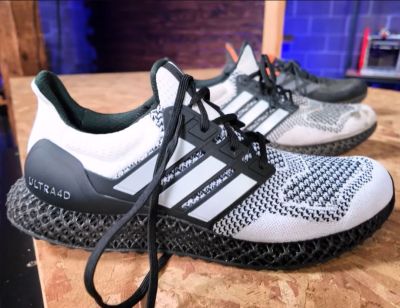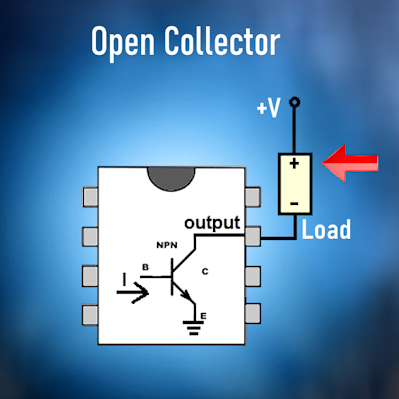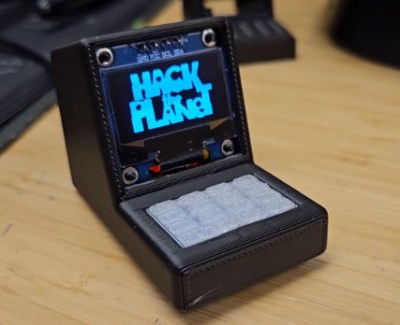In the eternal quest to find more things to do with 3D printers, shoes have been in the spotlight for a while now. But how practical is additive manufacturing in this field really?

This is where [Joel Telling] of the 3D Printing Nerd YouTube channel puts in his two cents, with a look at a range of commercial and hobbyist ideas and products. Naturally, the first thing that likely comes to mind at the words ‘3D printed shoes’ is something akin to the plastic version of wooden clogs, or a more plastic-y version of the closed-cell resin of Crocs.
First on the list are the white & spiky Kaiju Gojira shoes from Fused Footwear, printed from TPE filament to order. TPE is softer to the touch and more flexible than TPU, but less durable. In contrast the Adidas Ultra 4D running shoes (from their 4D range) are a hybrid solution, with a standard rubber outsole, 3D printed midsole with complex structures and mostly fabric top part. Effectively a Nike Air in initial impression, perhaps.
Meanwhile ‘3D printed’ shoes ordered off Chinese store Shein turned out to be not 3D printed at all, while [Joel] seems to be really into fully 3D printed shoes from Zellerfeld, who appear to be using TPU. While it’s hard to argue about taste, the Adidas shoes might appeal to most people. Especially since they’d likely let your feet breathe much better, a fact appreciated not only by yourself, but also family members, roommates and significant others. So which of these (partially) 3D printed shoes would you pick, or do you have some other favorite?
Continue reading “A Look At 3D Printed Shoes: Hybrid, Fully Printed And Plain Weird”





















